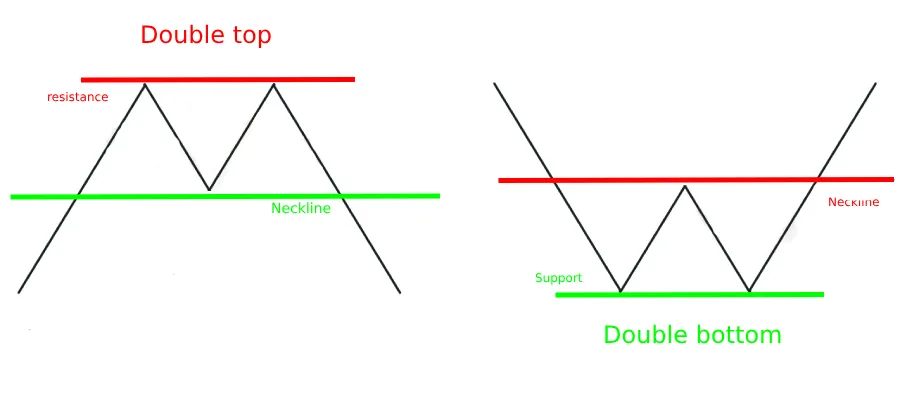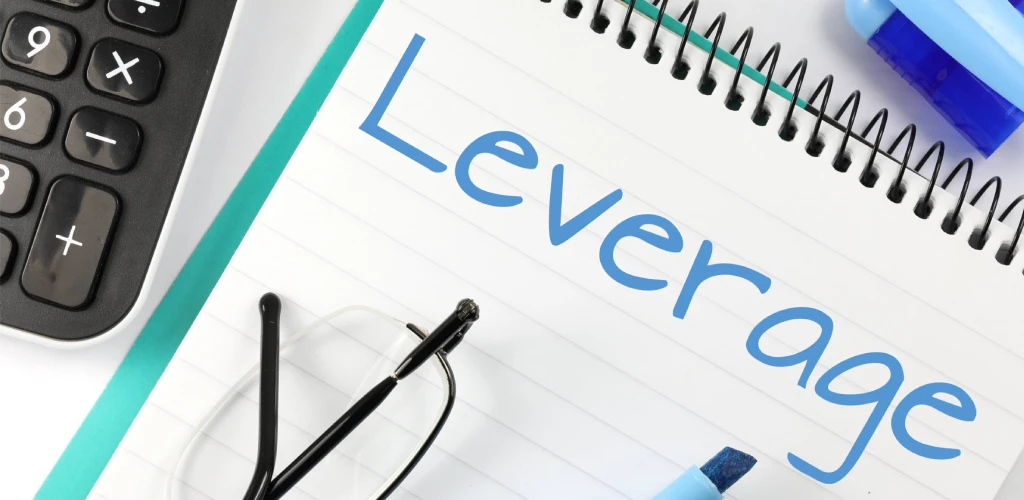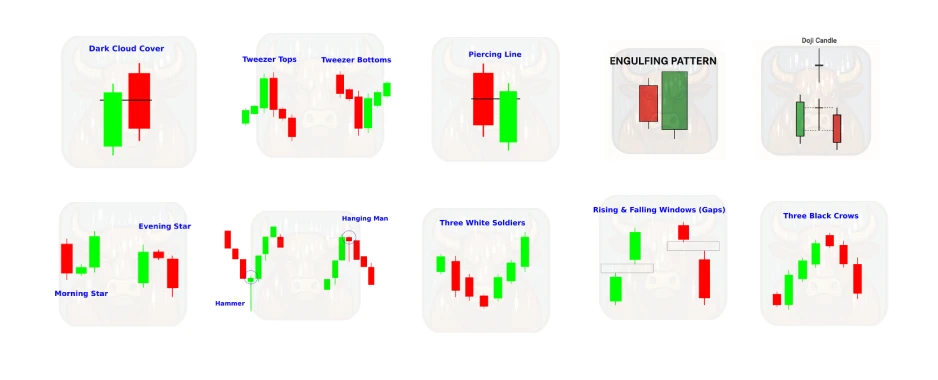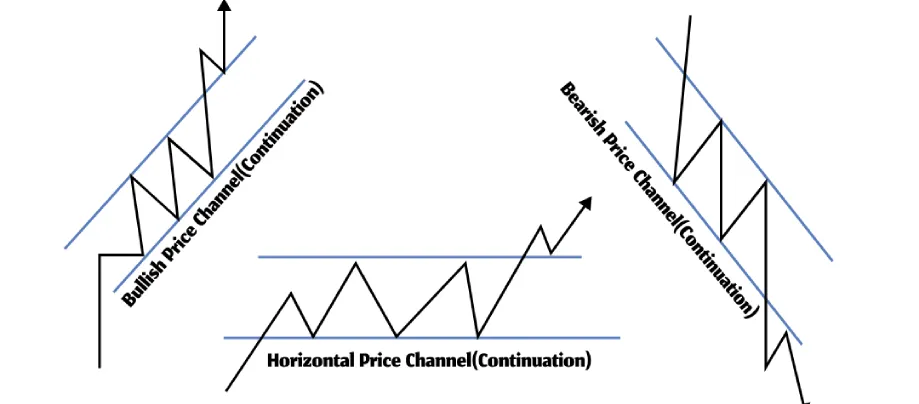Double Top & Double Bottom Patterns: The Complete Reversal Trading Guide

📉📈 **Double Top and Double Bottom patterns are two of the most powerful reversal formations in technical analysis. Whether you trade stocks, forex, or crypto, recognizing these patterns can help you spot trend reversals early and make high-probability trades. In this guide, you’ll learn how to identify them, trade them effectively, and avoid common mistakes.
In this ultimate guide, you’ll learn:
✅ What Double Top & Double Bottom patterns look like
✅ Key differences between these reversal signals
✅ Step-by-step trading strategy (entries, stops, targets)
✅ How to avoid false signals
✅ Comparison with similar patterns (H&S, Triple Top/Bottom)
🔍 What Are Double Top & Double Bottom Patterns?
1. Double Top (Bearish Reversal) 🐻
- Forms after an uptrend, signaling a potential trend reversal downward.
- Structure:
- Two similar price peaks (resistance level)
- A moderate pullback (called the “valley”) between them
- Confirmed when price breaks below the valley low (neckline)
📌 Real-World Example: A stock rallies to $100 twice but fails to break higher, then drops below $90 support.
2. Double Bottom (Bullish Reversal) 🚀
- Forms after a downtrend, signaling a potential trend reversal upward.
- Structure:
- Two similar price lows (support level)
- A moderate bounce (called the “peak”) between them
- Confirmed when price breaks above the peak high (neckline)
📌 Real-World Example: A cryptocurrency drops to $50 twice but bounces, then breaks above $60 resistance.
📊 How to Identify Valid Double Tops & Bottoms
Key Confirmation Rules
✔ Must occur after a clear trend (uptrend for Double Top, downtrend for Double Bottom).
✔ Peaks/lows should be roughly equal (not perfect, but close).
✔ Volume often declines on the second peak/low (shows weakening momentum).
✔ Neckline break = Final confirmation (wait for a strong candle close).
Avoid False Signals!
❌ Not every “M” or “W” shape is a valid pattern – must have prior trend.
❌ Without a neckline break, it’s just a potential setup.
💡 How to Trade Double Tops & Bottoms (Step-by-Step)
Step 1: Spot the Pattern in a Trend
- Double Top: Look for two highs after an uptrend.
- Double Bottom: Look for two lows after a downtrend.
Step 2: Draw the Neckline
- Double Top: Connect the lowest point between peaks.
- Double Bottom: Connect the highest point between lows.
Step 3: Enter on Neckline Break
- Double Top: Sell/short when price breaks below neckline.
- Double Bottom: Buy when price breaks above neckline.
Step 4: Set Stop Loss & Take Profit
- Stop Loss:
- Double Top = Above the second peak
- Double Bottom = Below the second low
- Take Profit:
- Measure the height of the pattern and project it from the neckline.
- Example: If peaks are at $100 and valley at $90, target = $80 ($100 – $90 = $10 drop).
⚠️ Common Mistakes to Avoid
❌ Jumping in too early (always wait for neckline confirmation).
❌ Ignoring volume (weak volume = higher chance of failure).
❌ Forcing the pattern (not every double peak/bottom is valid).
🆚 Double Top/Bottom vs. Similar Patterns
| Feature | Double Top/Bottom | Head & Shoulders | Triple Top/Bottom |
|---|---|---|---|
| Peaks/Lows | 2 | 3 | 3 |
| Neckline? | ✅ Yes | ✅ Yes | ✅ Yes |
| Strength | ⭐⭐⭐ Reliable | ⭐⭐⭐⭐ Stronger | ⭐⭐⭐ Reliable |
📌 Key Takeaways
✔ Double Top = Bearish reversal (sell the neckline break).
✔ Double Bottom = Bullish reversal (buy the neckline break).
✔ Measure pattern height for profit targets.
✔ Always wait for confirmation (neckline break + volume).
Considering that the triple top is literally just another touch at the resistance (in an uptrend) or at the support (in a downtrend), I don’t see the need to go into depth about this pattern. This post will serve you well for both double and triple setups.
But hey, if you’re interested in a dedicated post, leave me a comment 📌
Recommended Reading
Guide to Volume Price Analysis by Anna Coulling
Technical Analysis of the Financial Markets by John J. Murphy






